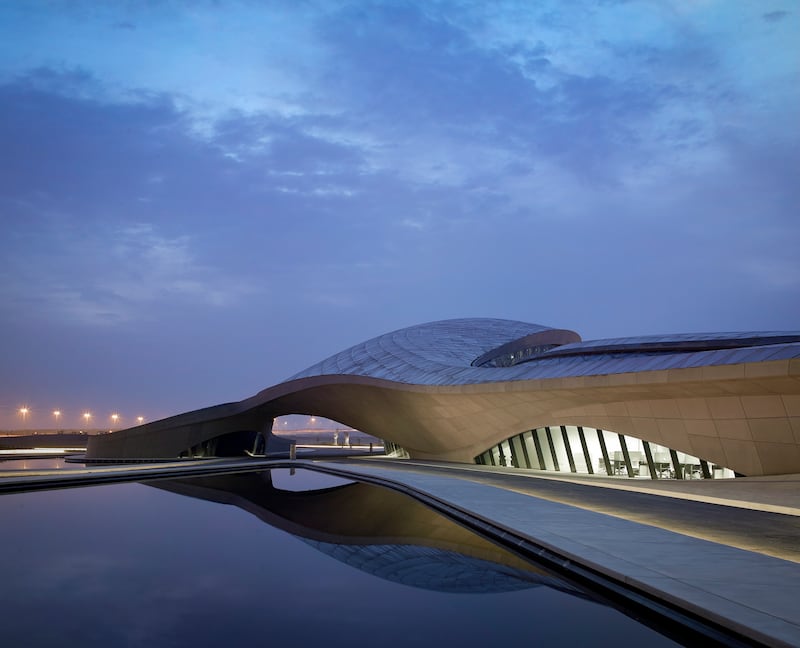The UAE’s ever-transforming skyline evolves at an almost unbelievable rate, showcasing impressive towers, landmarks and new neighbourhoods. With such rapid and constant development, there is an increasing appetite to create standout structures that are different from the norm.
Enter some of the world’s most creative and innovative architects, who are continuously striving to be one step ahead in this thriving market. Where the demand for unique properties and structures is so great, it is no surprise there is a creative pool of home-grown minds behind some of the country’s most popular buildings.
The Emirates are home to some of the world’s most photographed structures. In Dubai, Burj Al Arab and Burj Khalifa have long been two of the most famous buildings in the world, not to mention the recent addition of the Museum of the Future. In Abu Dhabi, the Sheikh Zayed Grand Mosque is celebrated for showcasing the history of Islam, as well as Islamic arts and architecture. On Saadiyat Island, architects have been tasked with creating striking cultural attractions, notably French architect Jean Nouvel’s Louvre Abu Dhabi and Canadian-American architect Frank Gehry’s Guggenheim Abu Dhabi, scheduled to be complete in 2025.

However, this is merely the beginning of a trajectory set by the country’s visionary leadership, foreseeing extensive development across all sectors in the coming decades. The opportunities for the design and architecture industry to grow and develop further are immense, especially in line with the government’s goals towards sustainability and innovation.
Mohammed Adib, managing director of Spanish interior design and architecture firm Intercon and chief design officer at Dewan Architects and Engineers, reflects on the unprecedented growth in the UAE’s design industry, noting a significant shift towards elevated standards and client demands. “We are witnessing the most exciting times in the design industry in the UAE, at least in all my 30-plus years of involvement.
“Not only is the situation booming in the UAE, but the country has developed into the design hub of the region. [Notably] Saudi Arabia, with all its mega projects, is dependent on the talent here. The quality of design has improved, and the requirements and exigencies of the clients are more stringent,” Adib tells Luxury.
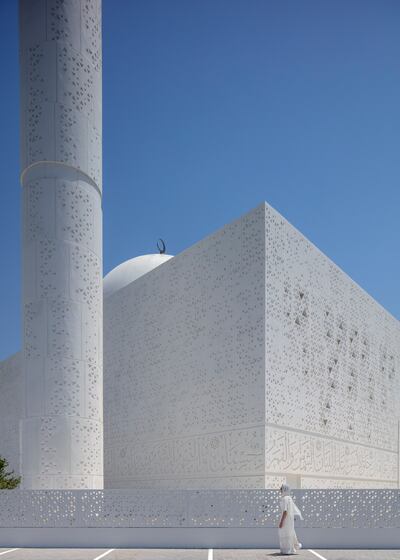
The industry has, it seems, matured over the past 10 years; architects and design firms are looking to hone in on their methods, developing unique styles that not only define their artistic prowess, but also encapsulate the narrative and style that is becoming synonymous with the Emirates. Entwined in this narrative is a thought for tomorrow and the impact the industry can have on our planet. We are seeing a shift towards more sustainable designs that are built to last for generations.
“This is a welcome new wave that considers more humane scales of architecture,” explains Jonathan Ashmore, founding principal of Anarchitect, “[Such as] the inclusion of adaptive reuse of existing buildings, or sustainably conscious new design using proven passive design principles to limit energy consumption and increase longevity and durability, using higher-quality and suitable materials and specifying local sources where possible.”
The shift to sourcing local materials was accelerated by the global pandemic. Unable to source materials from around the world in a way they had been used to in the past, architects and construction companies were forced to look close to home for solutions.
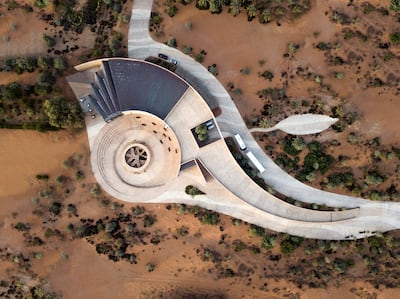
“There is a realisation that reliance on imported resources and expertise is totally unsustainable from an economic, as well as a cultural and social perspective. What this means for the industry is that there is a shift from global to local,” explains Sumaya Dabbagh, principal at Dabbagh Architects, whose projects have included the Mleiha Archaeology Centre in Sharjah, completed in 2016, and Dubai’s Gargash Mosque, completed in 2021. “I see that this will have a huge impact on identity and belonging as design and fabrication becomes more culturally sensitive and locally sourced.”
This environmental focus is underpinned by the country’s government suitability targets, including the UAE Energy Strategy 2050, which includes reducing building sector energy consumption by 40 per cent and water use by 20 per cent by 2050, and recycling 50 per cent of construction waste among its initiatives. However, amid this focus on sustainability, the delicate balance between productivity and design is acknowledged. While reducing carbon footprint remains paramount, the emphasis on creating aesthetically beautiful designs underscores the UAE’s commitment to setting itself apart in the global architectural arena.
“We thrive on engaging with new contexts, viewing each project as an opportunity to explore uncharted territories. Complex building programmes are not perceived as challenges, but rather as catalysts for innovation, prompting the architects at Anarchitect to devise solutions that transcend traditional boundaries,” says Ashmore, whose unique architectural style works in synergy with the surrounding area to create buildings that become part of their environment.
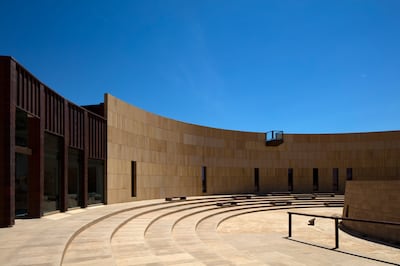
Using the surrounding rural or urban landscape is not a new approach. Gehry’s 2014 Fondation Louis Vuitton in Paris is a perfect example, where the architect carefully fuses the glass structure into the green surroundings, mimicking a classic greenhouse and highlighting the beauty of the Bois de Boulogne garden. Closer to home, Nouvel’s Louvre Abu Dhabi features a stainless steel and aluminium structure that captures light and seamlessly blends with the surrounding waters. The dome acts as an environmental micro-climate, which encourages passive cooling and works to maintain a comfortable temperature year-round.
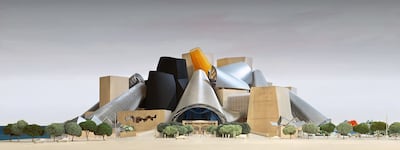
A beacon of success in this dynamic landscape is real estate developer Matthews Southwest. The Texas-founded company, which now has an office in Dubai, looks to have a holistic approach to its projects, which so far include Dubai’s Museum of the Future and the Beeah Headquarters, which was designed by Zaha Hadid Architects, as well as several more ground-breaking projects worldwide. The company’s commitment to lasting partnerships and sustainability goals sets a precedent for the industry.
“We are more of a socially aware developer; we like to leave the places where we work in a better position than when we got there,” explains Jay Robson French, chief executive of Matthews Southwest EMEA. “We like to work with legacy projects, and we like to think that we are holistic in our thought process on legacy building for the cities and communities that we choose to work in. And we like to work in a symbiotic partnership with the cities, the councils and the politicians where we operate.”
Matthews Southwest is particular about the projects it takes on, looking for more than just financial outcomes, be it philanthropic, achieving sustainability goals or providing a solution for the city in a particular area. The company works closely with teams of architects and construction firms and considers building lasting partnerships with the cities in order to achieve long-term goals and help to carve out a niche in each destination.
Speaking on the Museum of the Future project, Robson French explains that finding the right teams who worked in the right way was key to making it successful. “It was an incredibly complex challenge from a scientific engineering, architectural point of view because it’s never been done before, as well as technology-wise, it was pushing the boundaries on everything within our industry,” he says. “What I think set that apart was the ability of all the partners to come together. We were able to help drive a culture of co-operation and of being able to do things in the right way, on the right timescales, with the right talent.” He explains that many projects, especially on this scale, see people thrown together, and without the synergy between teams of the right kind of management, projects can lack this seamless, hybrid approach that the company is building on.
Honing in on the long-term goal for Dubai, Robson French seeks to explore new potential areas that are driving the industry in the UAE forward. “I think Dubai has such a diverse architectural language, that it’s still growing and still trying to figure out what a Dubai building is and what a Dubai narrative is. What’s interesting is the creativity that you see with the towers, the laissez-faire type of approach to architecture, where you could have the juxtaposition of a Burj Khalifa next to a Vida hotel. I think that will always be there, but I think the next phase would be something we would love to be a part of, retrofitting.”
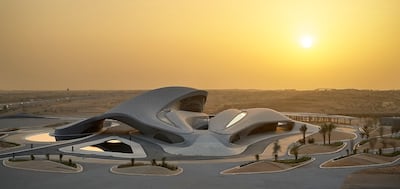
Retrofitting is essentially giving new life to a building through upgraded technology and making it more sustainable and energy efficient. It means combining old and new to create a unique aesthetic through renovation and upgrades, a sector that has already been significantly explored in Europe and the US. “Deira is a great example of where this could work. Taking older buildings and giving them new life or purpose. New facades, new zoning, new energy,” explains Robson French, who sees no reason why Dubai can’t have its own equivalent of New York’s meatpacking district or London’s Shoreditch. It may be a significantly younger city than its Western counterparts; however, there’s undeniably some food for thought and undoubtedly the hunger and ambition from creative talents in the region to take the country’s architectural landscape to new levels.
